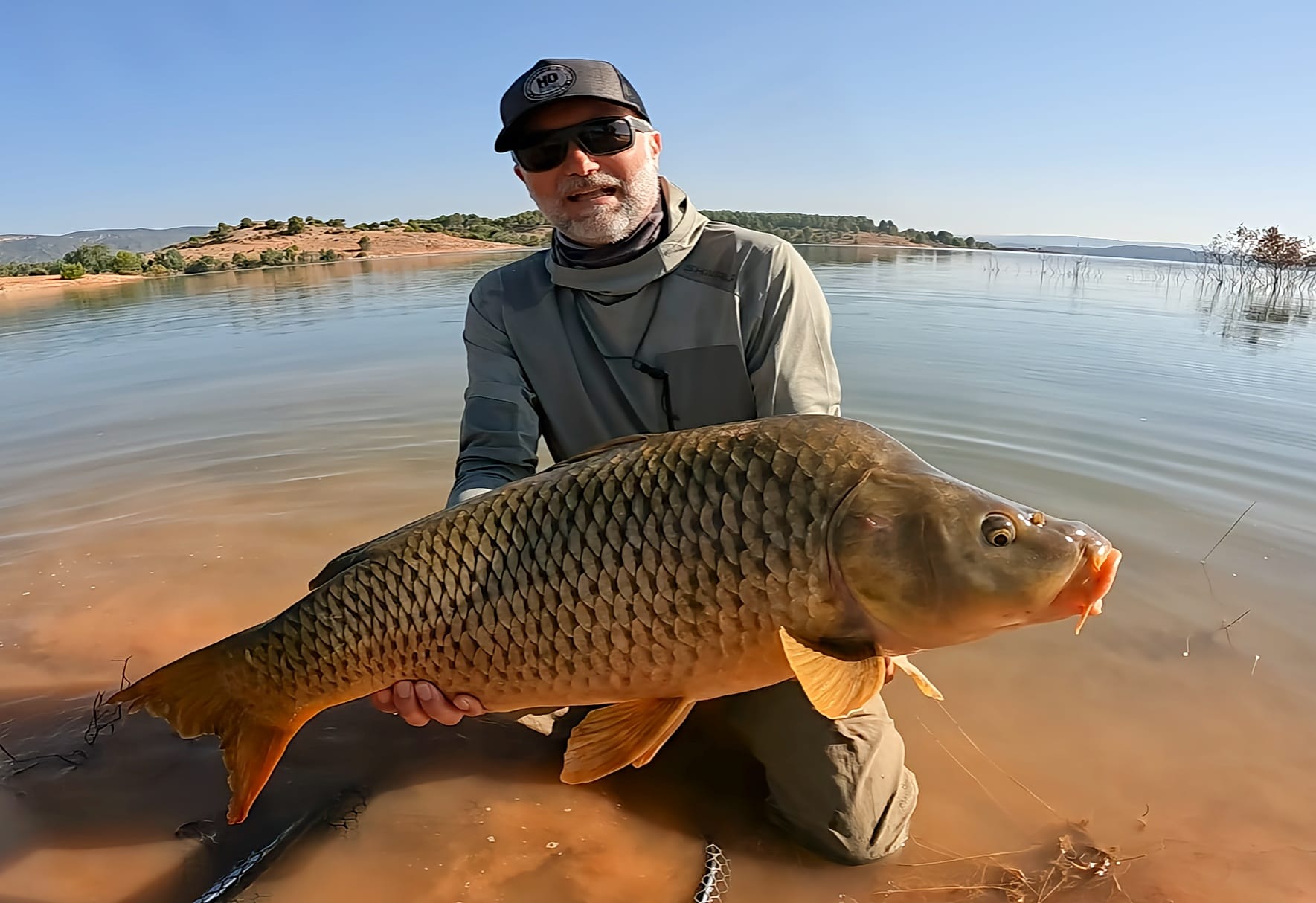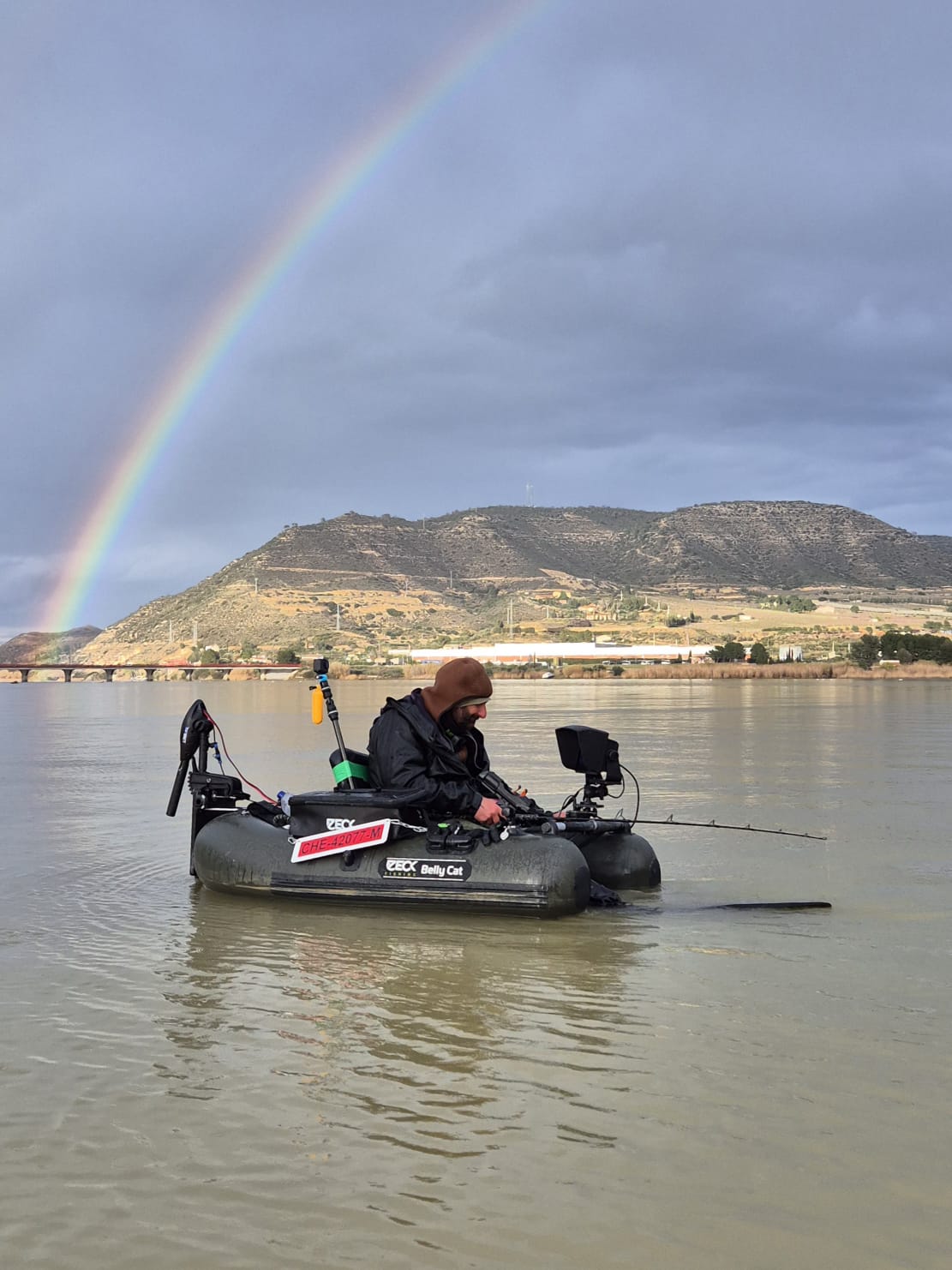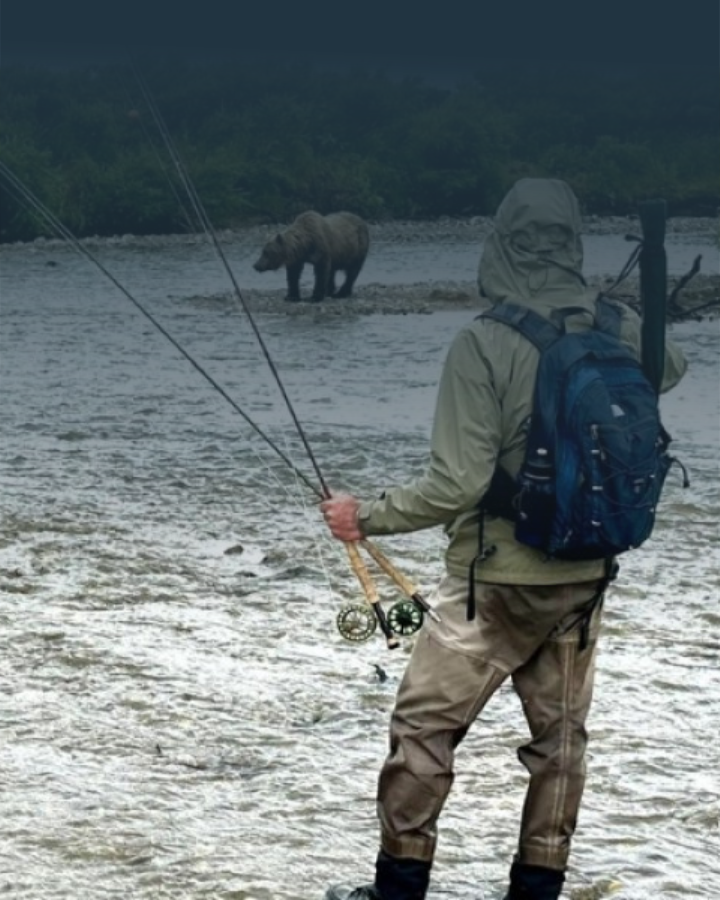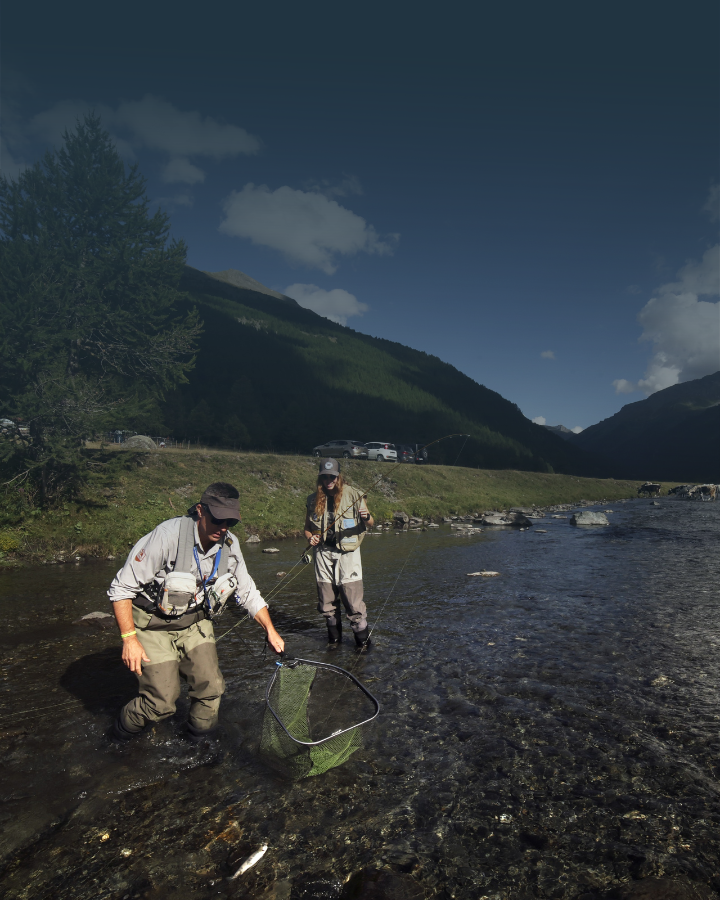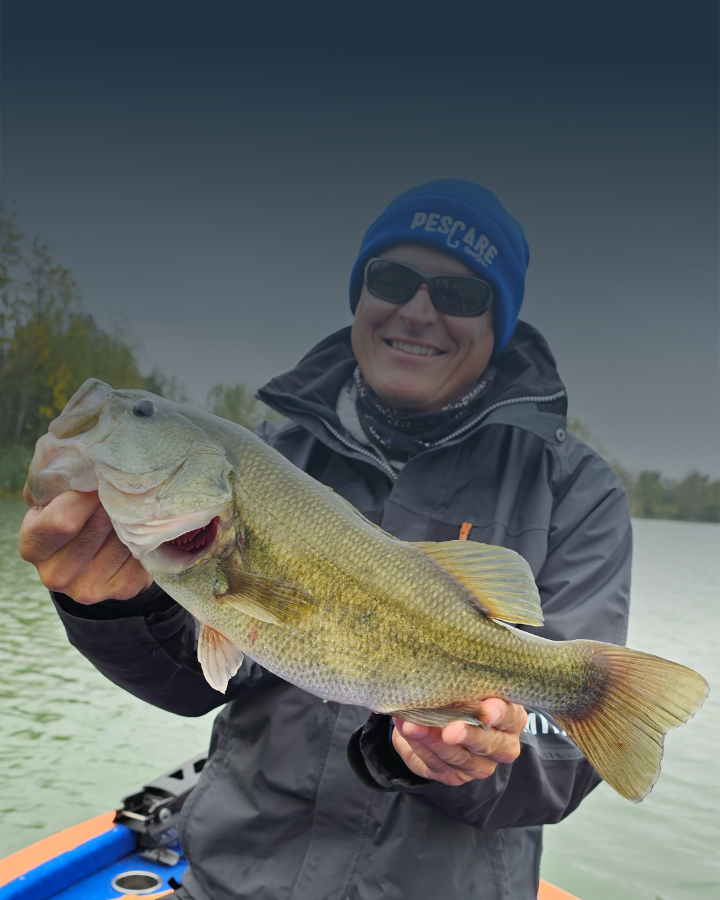A Beginner’s Guide
The pike is one of the most fascinating and sought-after predators in our inland waters.
Its sleek shape, tooth-filled mouth, and powerful runs make it a prized catch for any angler.
Catching it with artificial lures is an adrenaline-filled experience — full of anticipation, sudden strikes, and breathtaking attacks.
In this article, we’ll share our experience with this amazing predator and offer practical advice on how to get started: the best times to fish, the most effective lures, and how to read the behavior of this true “king of freshwater.”

Knowing the Pike: Behavior and Habits
The pike (Esox lucius) is a solitary, territorial predator that prefers still or slow-moving waters — lakes, quarries, canals, and rivers with plenty of vegetation.
It loves shallow areas rich in reeds, weeds, or submerged logs, where it can hide and ambush its prey.
It’s an ambush hunter: it doesn’t chase for long distances but waits hidden among the plants, striking with lightning speed.
It mainly feeds on fish, but it won’t refuse frogs, crustaceans, or even small waterfowl.
Its behavior changes with water temperature:
-
Spring: After spawning (usually between March and April), the pike becomes active again and hunts in shallow, sun-warmed areas.
-
Summer: It moves to deeper, cooler zones and becomes more sluggish during the hottest hours.
-
Autumn: This is its peak season — the water cools, metabolism speeds up, and it feeds aggressively to prepare for winter and reproduction.
-
Winter: The fish becomes more static, metabolism slows down, but it can still be caught using large, slow-moving lures

Best Times to Fish for Pike
Like most predators, pike prefer to hunt during times of changing light — dawn and dusk.
These hours are especially productive during spring and autumn, when fish activity is higher.
In summer, early mornings or late evenings are often better, when the water is cooler.
On cloudy or windy days, even midday hours can be productive — diffused light makes the pike feel safer, and lower atmospheric pressure often triggers more feeding activity.
Avoid very bright, calm days: the pike will stay hidden among weeds or near the bottom.
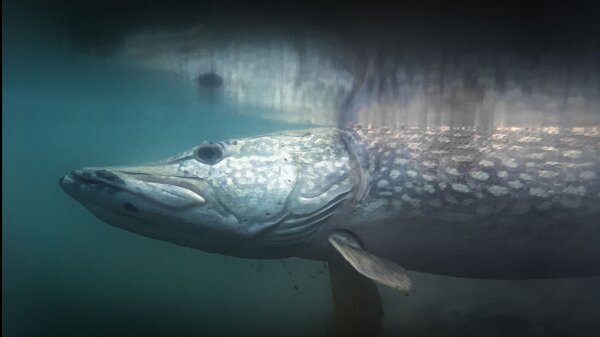
The Best Artificial Lures for Pike
Pike are aggressive and curious — they strike both from hunger and territorial instinct.
That’s why choosing the right lure is key.
Here are the types that have given us the best results over the years:
-
Softbaits (Shads and Grubs)
Highly versatile, they can be rigged on jig heads or weedless hooks. Models with vibrating tails perfectly mimic injured fish. Slow retrieves with short pauses often trigger strikes. -
Spinnerbaits
Perfect for beginners — easy to cast and retrieve linearly. Their spinning blades create irresistible flashes and vibrations. Great for murky or weedy waters where other lures might snag. -
Minnows and Jerkbaits
They imitate baitfish perfectly. Use them with a “jerk” retrieve — short, sharp twitches followed by pauses. Most strikes happen during the pause, when the pike mistakes the lure for a disoriented prey. -
Spinners and Spoons
Classic and timeless. Metal spoons are perfect for cold or deep waters; spinners excel in calm waters or canals where vibrations travel effectively. -
Large Swimbaits
For trophy pike, jointed swimbaits are an excellent choice — they mimic natural swimming and can be retrieved slowly yet realistically.
👉 Pro tip: Don’t be afraid of big lures! A 50 cm pike can easily attack a 20 cm lure. In nature, predators prefer larger prey to maximize energy efficiency.

Fishing Strategy and Retrieve Techniques
Pike fishing is an active pursuit — rarely will you catch one by standing still.
You need to move, cast in multiple directions, and vary your retrieve speed and rhythm.
Some key tips for beginners:
-
Find hunting zones: edges of reeds, submerged logs, shaded areas, or depth changes.
-
Mix speed and pauses: many strikes occur right when the lure slows down.
-
Change lures frequently: if you’re not getting bites, try different colors, sizes, or actions.
-
Stay focused: pike often strike suddenly, even right at your feet.
One technical detail you should never overlook is the use of a steel or reinforced fluorocarbon leader — pike teeth can easily cut through regular line, and losing both the fish and the lure would be heartbreaking.
For instance, we often use 1 mm fluorocarbon leaders for maximum safety.
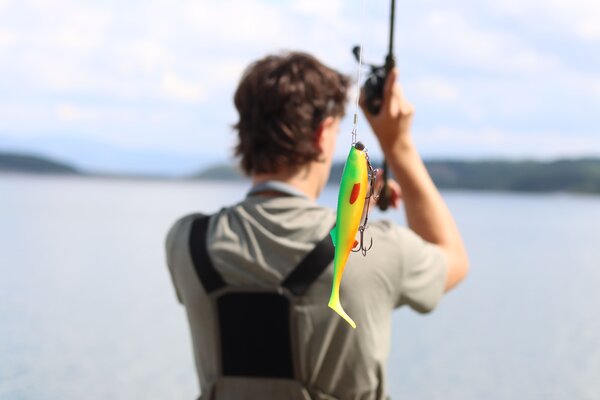
Conclusion
Pike fishing with artificial lures is a dynamic, thrilling technique that can bring great satisfaction even to beginners.
It requires observation, patience, and a willingness to experiment.
By learning to read the environment and understand the predator’s behavior, every cast becomes a new opportunity.
And when you finally feel that unmistakable STOP — the moment when the pike slams your lure — you’ll understand why so many anglers fall in love with this fish after their very first catch.
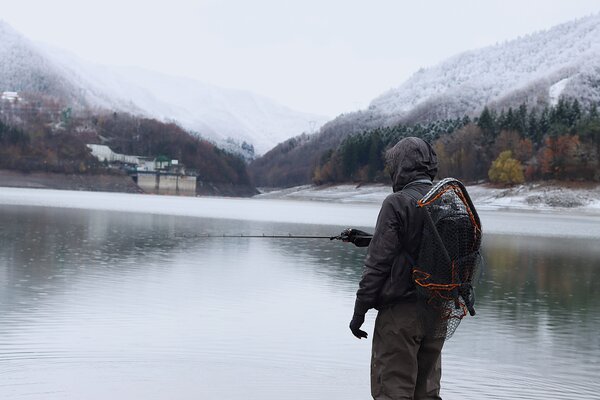
PUBLICATION
29/11/2025


